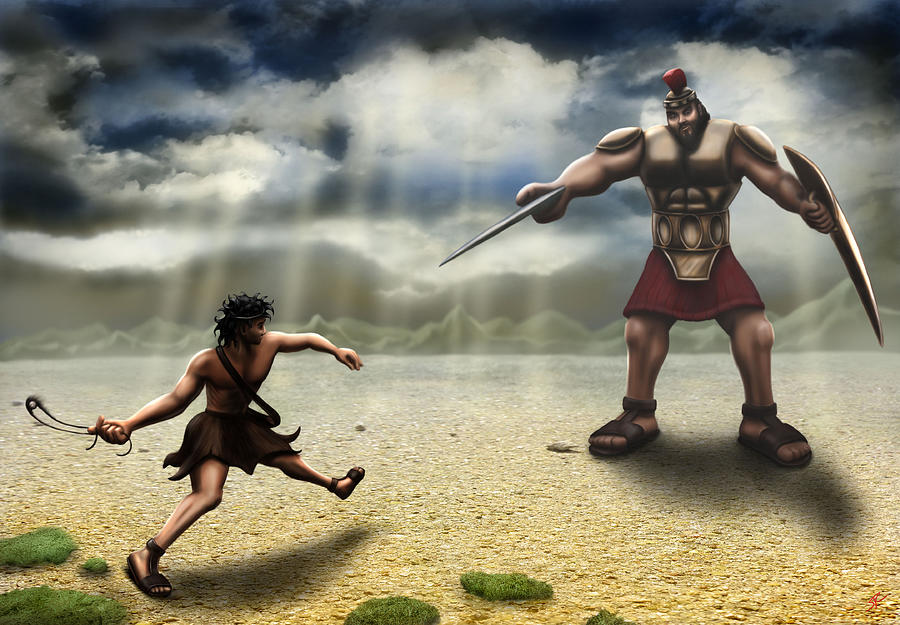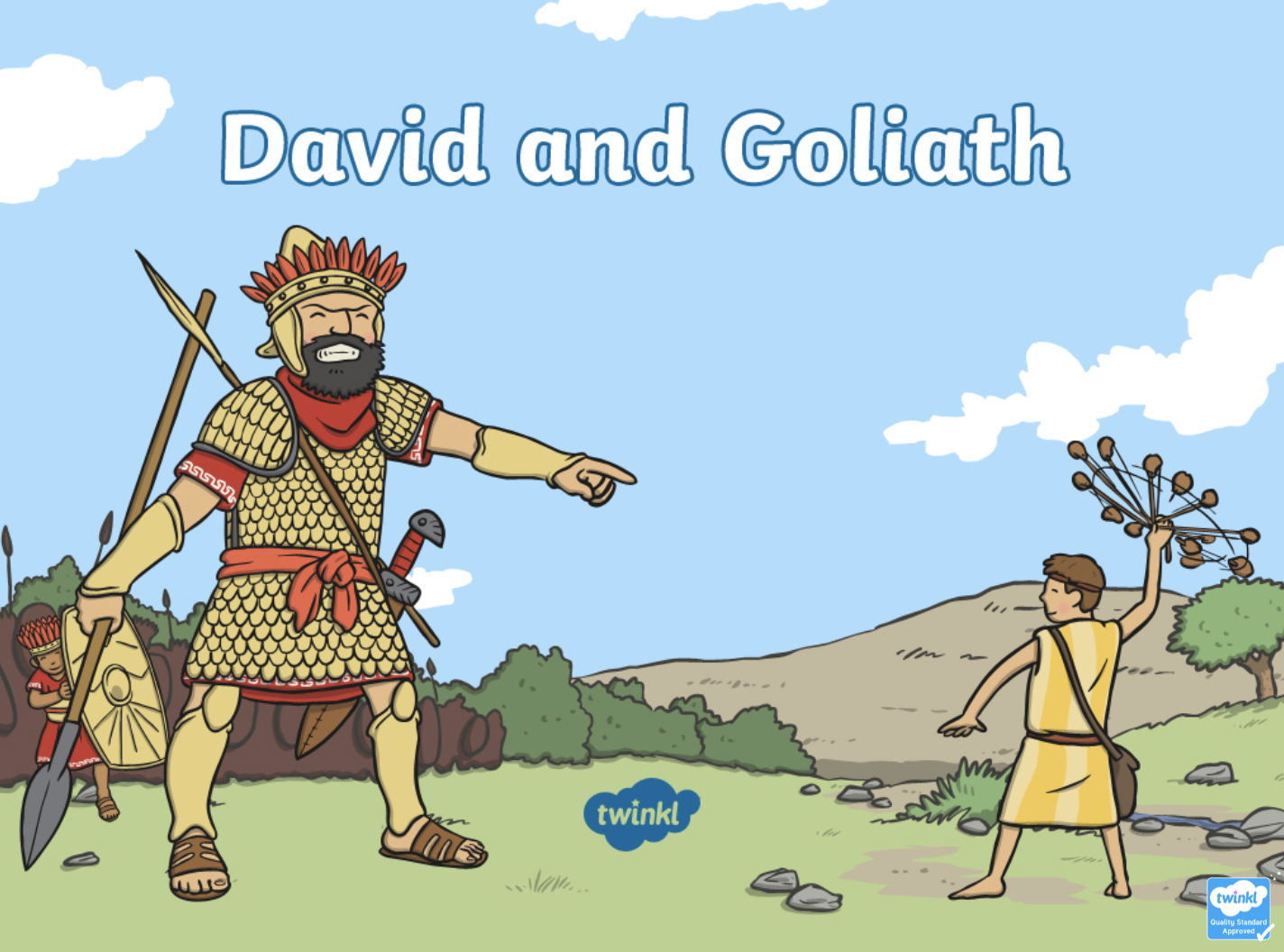Biblical Narrative

The story of David and Goliath is a timeless tale of courage, faith, and triumph over adversity. Found in the First Book of Samuel in the Hebrew Bible, this narrative holds profound significance within the biblical context, serving as a metaphor for the power of God and the importance of relying on Him in times of difficulty.
Like David and Goliath, the tiny car navigated the bumper-to-bumper meaning traffic with surprising ease, its small size allowing it to dart between larger vehicles. It was a testament to the resilience of the underdog, a reminder that even the smallest of beings can overcome seemingly insurmountable odds.
Characters and Symbolism
At the heart of the story are two contrasting characters: David, a young shepherd boy, and Goliath, a formidable Philistine warrior. David, despite his apparent weakness and lack of military experience, possesses unwavering faith in God. Goliath, on the other hand, embodies the arrogance and self-reliance of the Philistines, who have been terrorizing the Israelites.
In the legendary battle between David and Goliath, the odds were stacked against the young shepherd boy. Yet, with unwavering faith and a cunning strategy, David emerged victorious. This tale of triumph over adversity has resonated throughout history, inspiring countless individuals to overcome seemingly insurmountable challenges.
David and Goliath reminds us that even in the face of overwhelming obstacles, determination and ingenuity can prevail.
The battle between David and Goliath is not merely a physical contest but a symbolic representation of the struggle between good and evil, faith and doubt, and humility and pride. David’s victory over Goliath signifies the triumph of God’s power over human strength and the importance of relying on God’s guidance rather than one’s own abilities.
Allegorical Meanings, David and goliath
Beyond its literal interpretation, the story of David and Goliath has been interpreted allegorically throughout history. It has been seen as a metaphor for the battle between the church and its enemies, between the forces of good and evil in the world, and between the individual soul and the temptations that assail it.
The story also serves as a reminder of the importance of faith, humility, and courage in the face of adversity. It teaches us that even the smallest and most unlikely of individuals can achieve great things with God’s help and that we should never underestimate the power of faith and the strength that comes from relying on God.
In the biblical tale of David and Goliath, the underdog triumphs over the giant. This story resonates in the realm of language, where “buttermilk,” a seemingly innocuous term, can carry a surprising buttermilk slang meaning. Like David, buttermilk, a humble dairy by-product, can be a formidable weapon, surprising and disarming its adversaries in unexpected ways, just as David’s stone from a slingshot felled Goliath.
Historical and Cultural Impact: David And Goliath

The story of David and Goliath has resonated deeply with audiences throughout history, transcending cultural and temporal boundaries. Its enduring appeal stems from its timeless themes of courage, faith, and triumph over adversity.
Metaphor for Overcoming Adversity
The story of David and Goliath has become a universal metaphor for overcoming seemingly insurmountable challenges. David’s triumph over the mighty Goliath represents the power of courage, perseverance, and the belief that anything is possible with determination and faith.
- In literature, the story has been adapted countless times to inspire characters facing adversity, from the young Harry Potter facing Lord Voldemort to the determined Bilbo Baggins confronting the dragon Smaug.
- In art, depictions of David and Goliath often symbolize the triumph of good over evil, such as Michelangelo’s iconic statue in Florence.
- In popular culture, the phrase “David and Goliath” is often used to describe underdog victories, from sporting events to political campaigns.
Modern Applications and Interpretations

The David and Goliath story continues to resonate in contemporary society as a timeless allegory for overcoming challenges, embracing diversity, and fostering resilience. Its enduring appeal stems from its universal themes and relatable characters, making it applicable to a wide range of modern-day contexts.
Overcoming Obstacles
The story of David’s victory over Goliath serves as an inspiration to those facing seemingly insurmountable obstacles. It demonstrates the power of determination, faith, and resourcefulness. In modern times, individuals and organizations have drawn inspiration from the story to overcome adversity, from personal challenges to societal issues.
Embracing Diversity
David’s triumph over Goliath also highlights the importance of embracing diversity and challenging stereotypes. Goliath represents the oppressive force of conformity and prejudice, while David embodies the power of difference and the courage to stand up for one’s beliefs. The story encourages individuals to value and celebrate diversity, recognizing the strength that comes from embracing different perspectives and backgrounds.
Fostering Resilience
The David and Goliath narrative is a testament to the resilience of the human spirit. David’s unwavering faith and determination in the face of adversity serve as a reminder that even in the darkest of times, hope and perseverance can prevail. The story inspires individuals to develop resilience, to bounce back from setbacks, and to maintain a positive outlook amidst challenges.
The tale of David and Goliath, the classic underdog story, is echoed in countless modern narratives. One such example is the tailgate story , where a small group of fans defied expectations and achieved victory. Like David, they used their wit and determination to overcome a seemingly insurmountable challenge, proving that size and strength are not always the only factors in determining success.
The tale of David and Goliath, where a small but brave warrior defeats a mighty giant, resonates with the story of Rumpelstiltskin, where a clever miller’s daughter outsmarts a cunning imp. Both narratives explore the power of wit and determination over brute force, suggesting that even the most formidable of adversaries can be overcome with ingenuity and courage.
Rumpelstiltskin’s name , meaning “little noisy spirit,” aptly captures the imp’s diminutive stature and deceptive nature, while David’s triumph over Goliath exemplifies the indomitable spirit of those who dare to challenge the seemingly insurmountable.